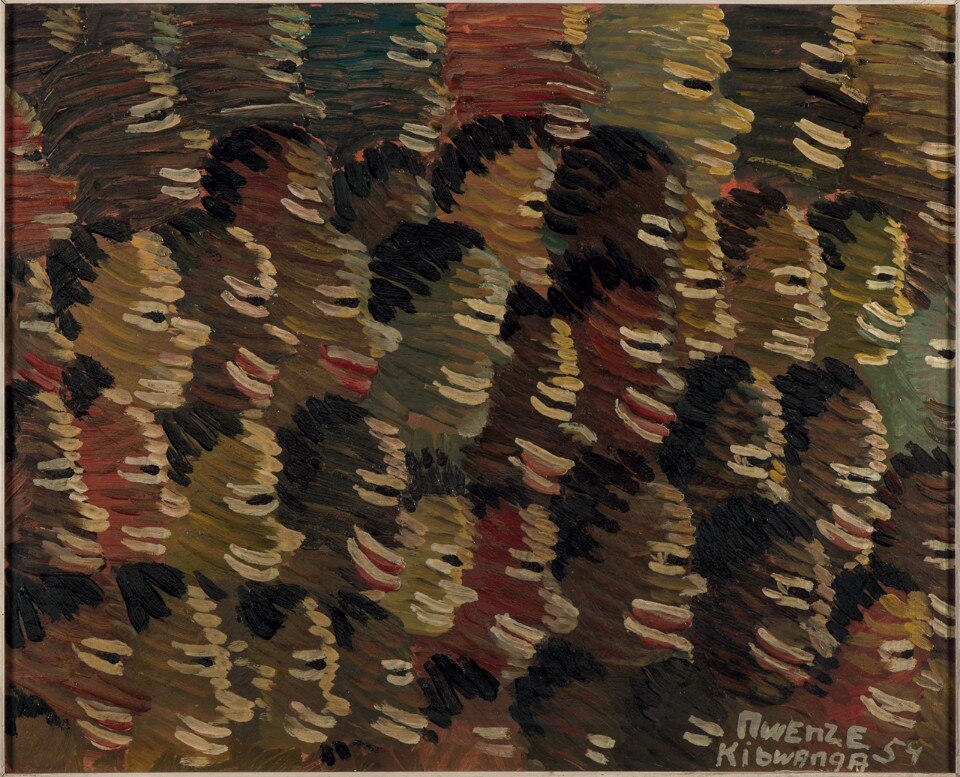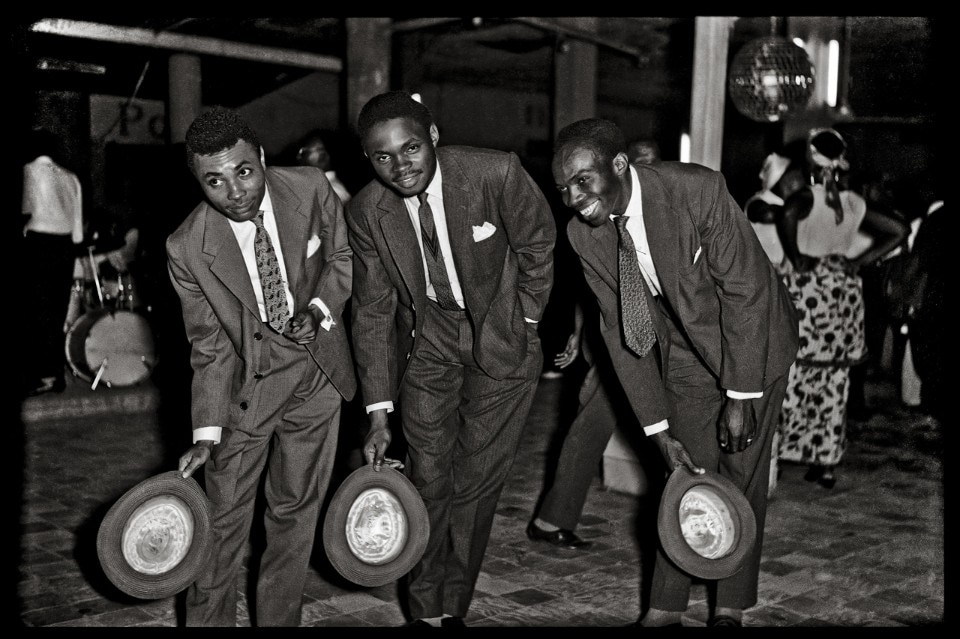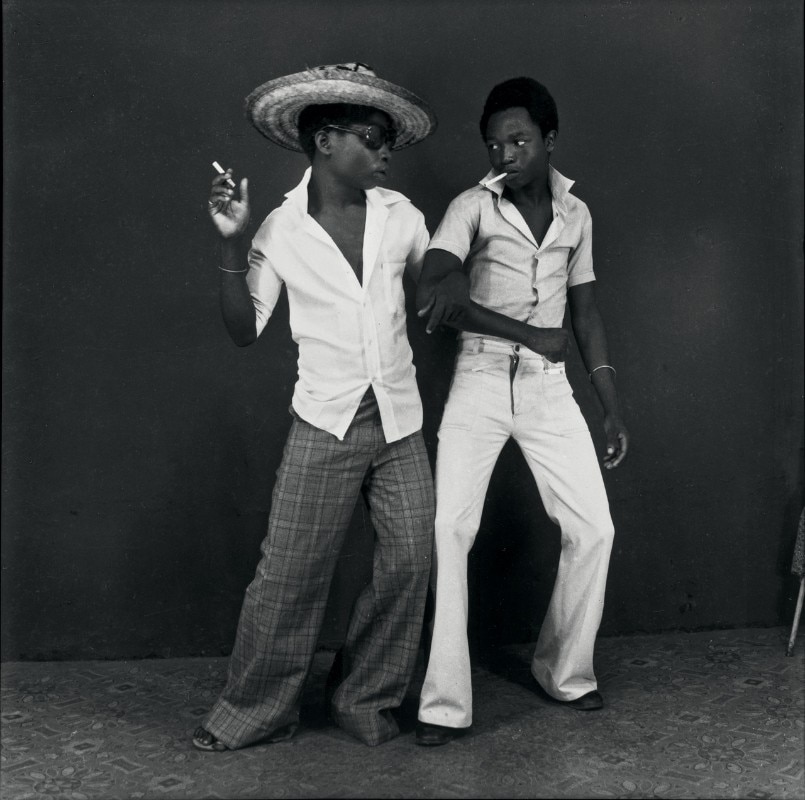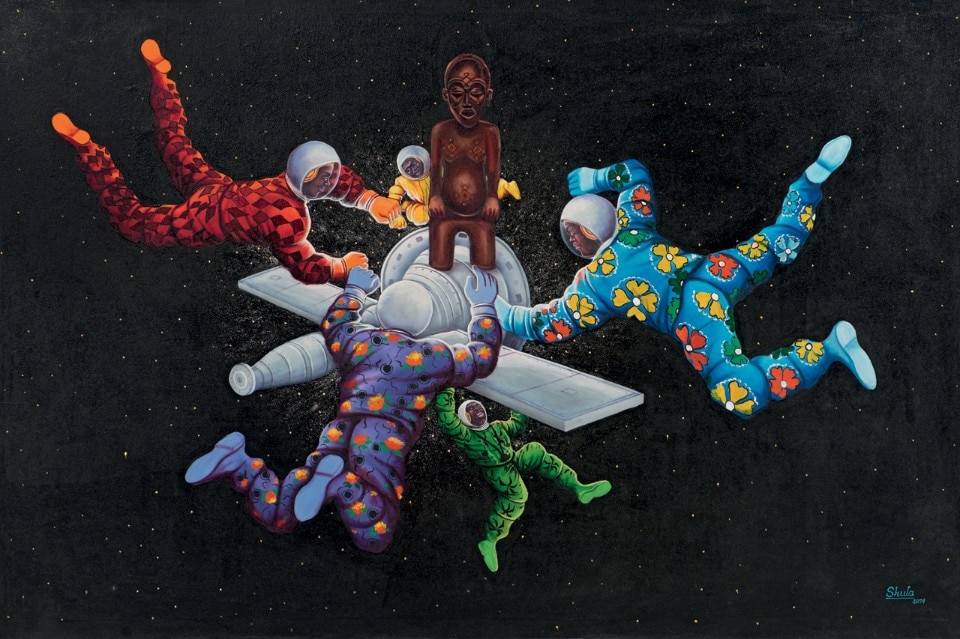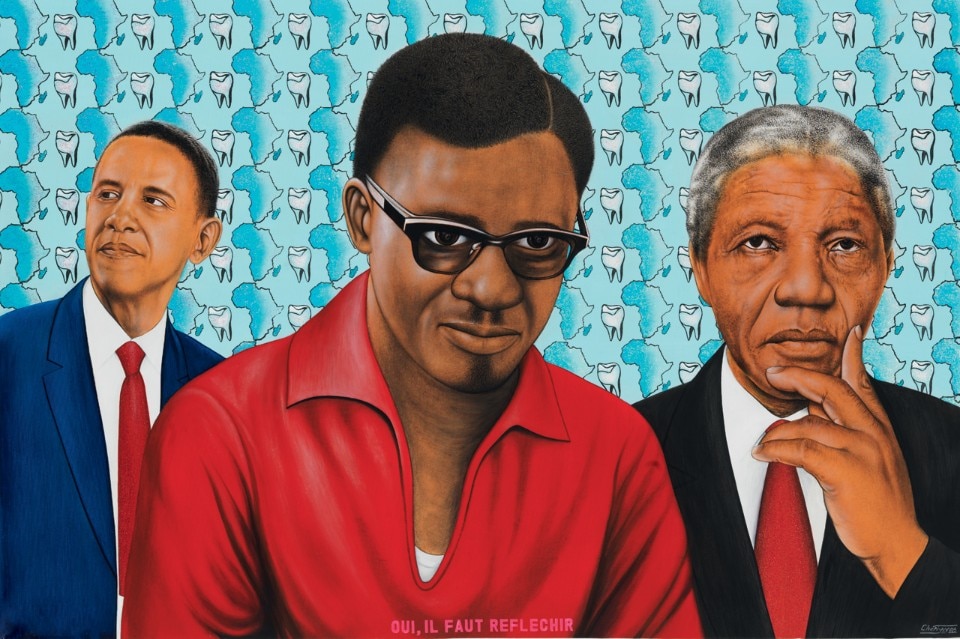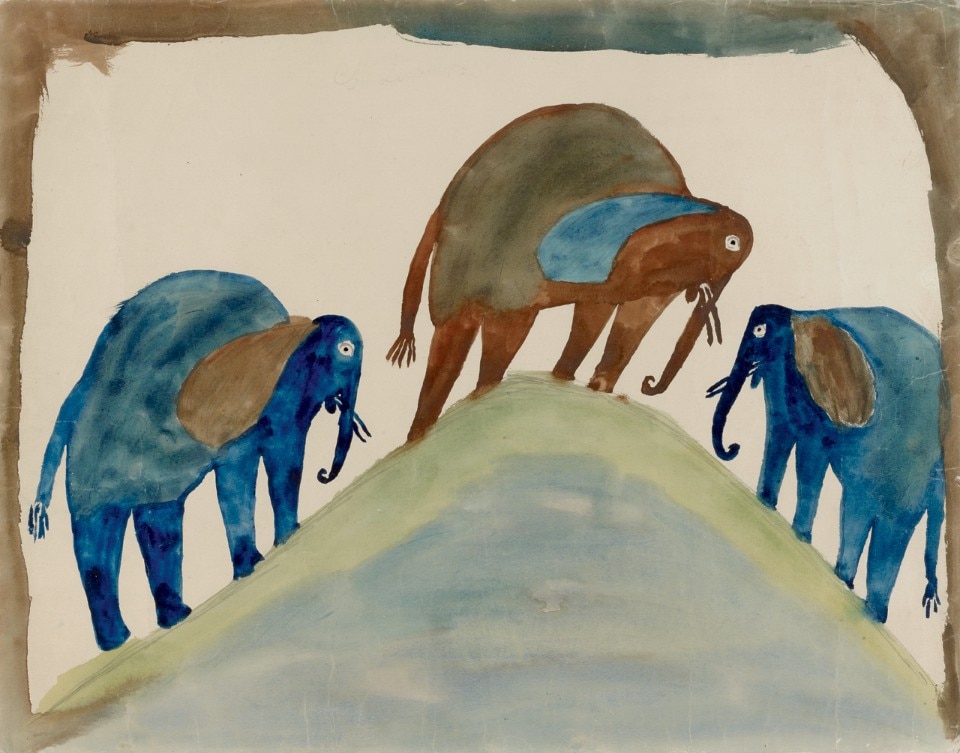
Since the times of the memorable dig made by his seminal contribution to the “Magiciens de la Terre” exhibition – become legendary as regards the origins of the global art phenomenon – the curator has always seen African art as a sensitive and constantly changing artistic terrain.
“Congo Kitoko” centres on the vibrant contemporary-art scene in the DR Congo and not only analyses its roots, firmly planted in the 1920s, but also shifts the focus to recent developments.
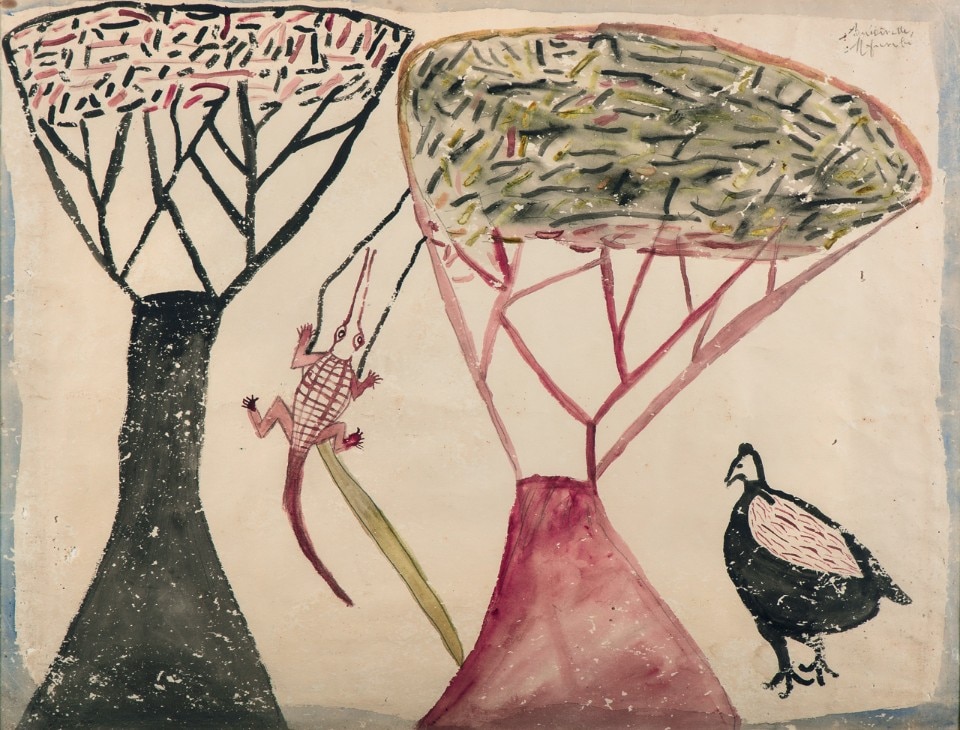
Works by a new generation of popular artists such as JP Mika and Rigobert Nimi and the perspicacity of collectives such as EZA Possibles have accelerated the approach to the issue, redirected street craft practices – popular culture versus élite art – and boosted the desire for a well-defined African identity.
It accurately puts into perspective the progressive shift of this local and, of course, highly politicised reality, in constant communication with its community of creators and artist collectives which, actually, focus not only on rethinking the works but, more specifically, on developing structures as an alternative to the void of African political power. The artistic work is radically critical and expresses its impatience with the status quo at skin level. The source of inspiration behind most of the works blends tradition and modernity and takes major steps towards marvellously constructing non-élite art that erupts into the visibility of the contemporary circuit.
